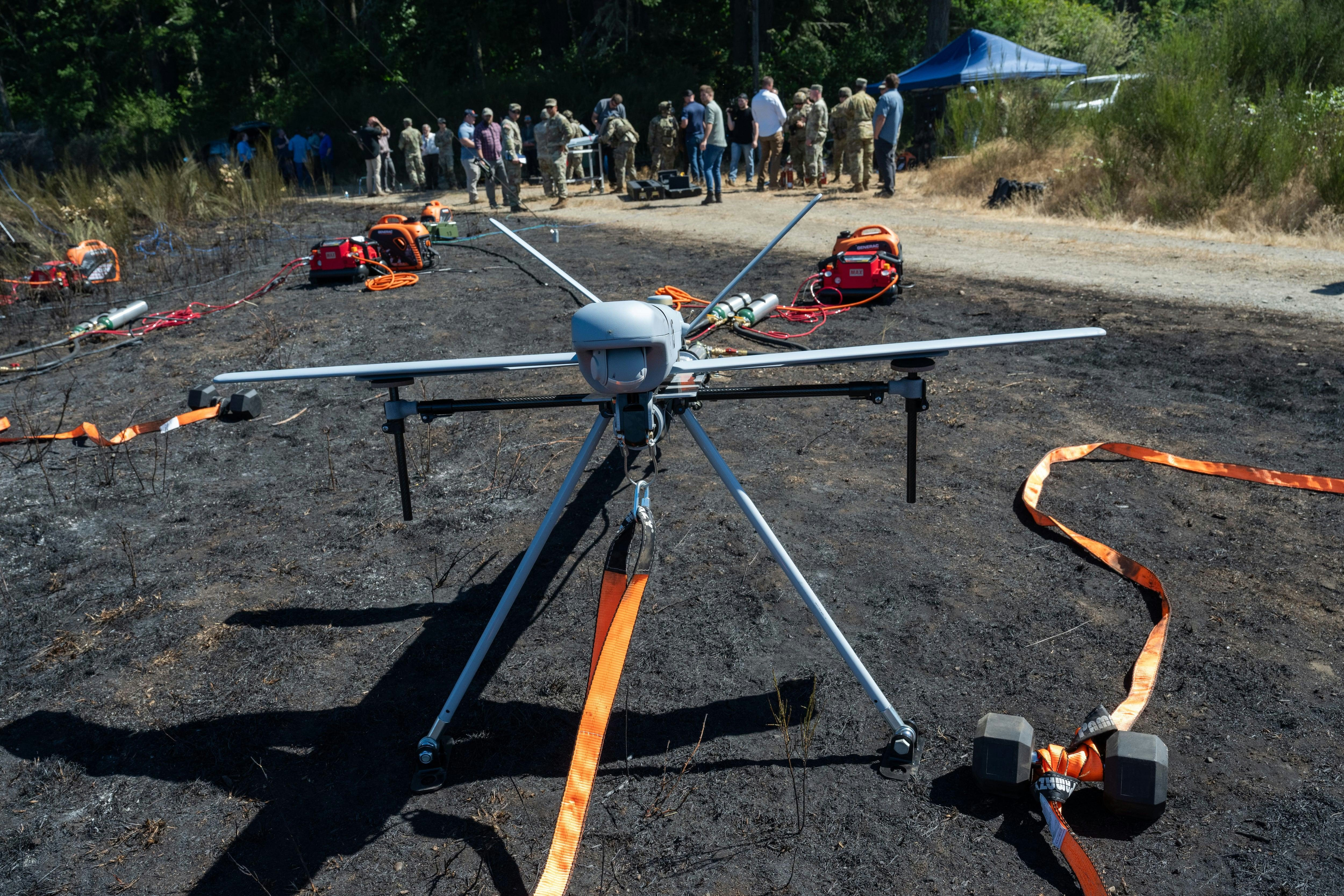
AeroGenie — ваш интеллектуальный второй пилот.
В тренде
Categories
AI Unsuitable for Air Traffic Control, Experts Warn
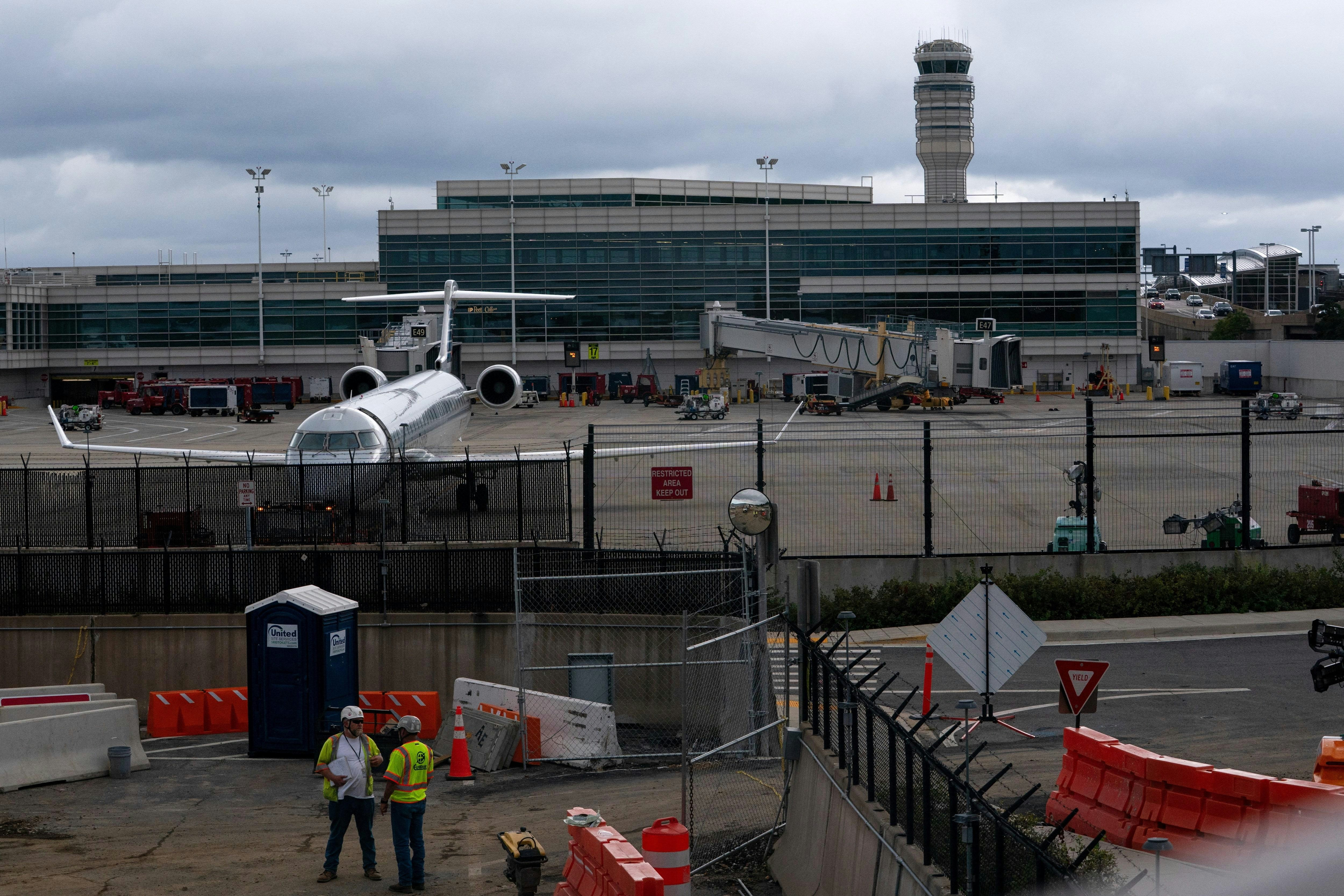
AI Unsuitable for Air Traffic Control, Experts Warn
Rising Interest Amid Staffing Shortages
In the wake of a significant shortage of air traffic controllers that led to widespread flight disruptions in late October, the aviation industry has seen growing interest in artificial intelligence as a potential remedy. Over the past year, proposals advocating for increased AI integration into air traffic control systems have gained momentum, with proponents highlighting automation as a means to enhance operational efficiency and alleviate staffing pressures. However, leading experts in the field caution against the premature adoption of AI for such critical and high-stakes responsibilities.
Patrick Arnzen, CEO of the flight training organization Thrust Flight, expressed deep reservations about AI’s ability to replicate the nuanced and instantaneous decision-making essential to air traffic control. He emphasized that the expertise required is cultivated over years of experience, involving not only efficiency but also the paramount concern of safety. “It takes years to develop that instinct to really understand how to do this job—not just efficiently, but also effectively,” Arnzen remarked. “There are a lot of key components to keeping everybody safe up there in the skies.”
Safety Concerns and Regulatory Challenges
The debate surrounding AI’s role in air traffic management intensified following a tragic collision in January between an Army Black Hawk helicopter and a passenger jet at Washington Ronald Reagan National Airport, which resulted in 67 fatalities. This incident spurred renewed calls to leverage AI technologies, with startups such as NoamAI introducing AI-powered support systems designed to assist control towers.
Despite these technological advances, Arnzen warned against overreliance on AI, noting that many control towers still operate with outdated equipment and legacy systems. He also highlighted the aviation sector’s deeply ingrained culture of caution and resistance to rapid change. “In the aviation world, everything that we do is wrapped in heavy regulation,” he explained. “Even if the technology is possible, you can’t deploy it without regulatory approval.”
These regulatory barriers underscore broader concerns about the safety and reliability of AI-driven air traffic control systems. Aviation authorities are expected to subject such technologies to rigorous scrutiny, which will likely slow their adoption and raise the standards for demonstrating safety. This cautious regulatory environment is reflected in the market, where investors and stakeholders remain skeptical. Uncertainty about AI’s readiness for critical applications has influenced funding decisions, prompting some companies to shift focus toward less sensitive AI uses or to intensify efforts to refine their technology for air traffic control.
Industry Outlook and the Path Forward
While the broader AI sector continues to attract substantial investment, analysts warn of potential overvaluation and stress the importance of diversification. High-profile setbacks in sectors like aviation serve as reminders of the current limitations of AI capabilities.
For now, industry leaders advocate a measured and balanced approach. Arnzen acknowledged the inevitability of AI’s growing role but urged caution in its deployment. “This technology is coming, it’s something that we want to embrace. But I also think that it’s something that we want to approach carefully and thoughtfully and never really give the full reins to a computer,” he said. “The world is changing, and AI is driving that in a very, very meaningful way—but as far as giving up control to AI to manage the safety of our world, we need to be very careful with that.”

United Airlines Flight Returns to Dulles After Engine Failure on Takeoff

United Airlines flight makes emergency landing at Dulles after engine failure

The Impact of the New Air Force One’s Delayed 2028 Arrival on Aviation and Travel

United Airlines Restarts Controversial AI Scheduling for Flight Attendants
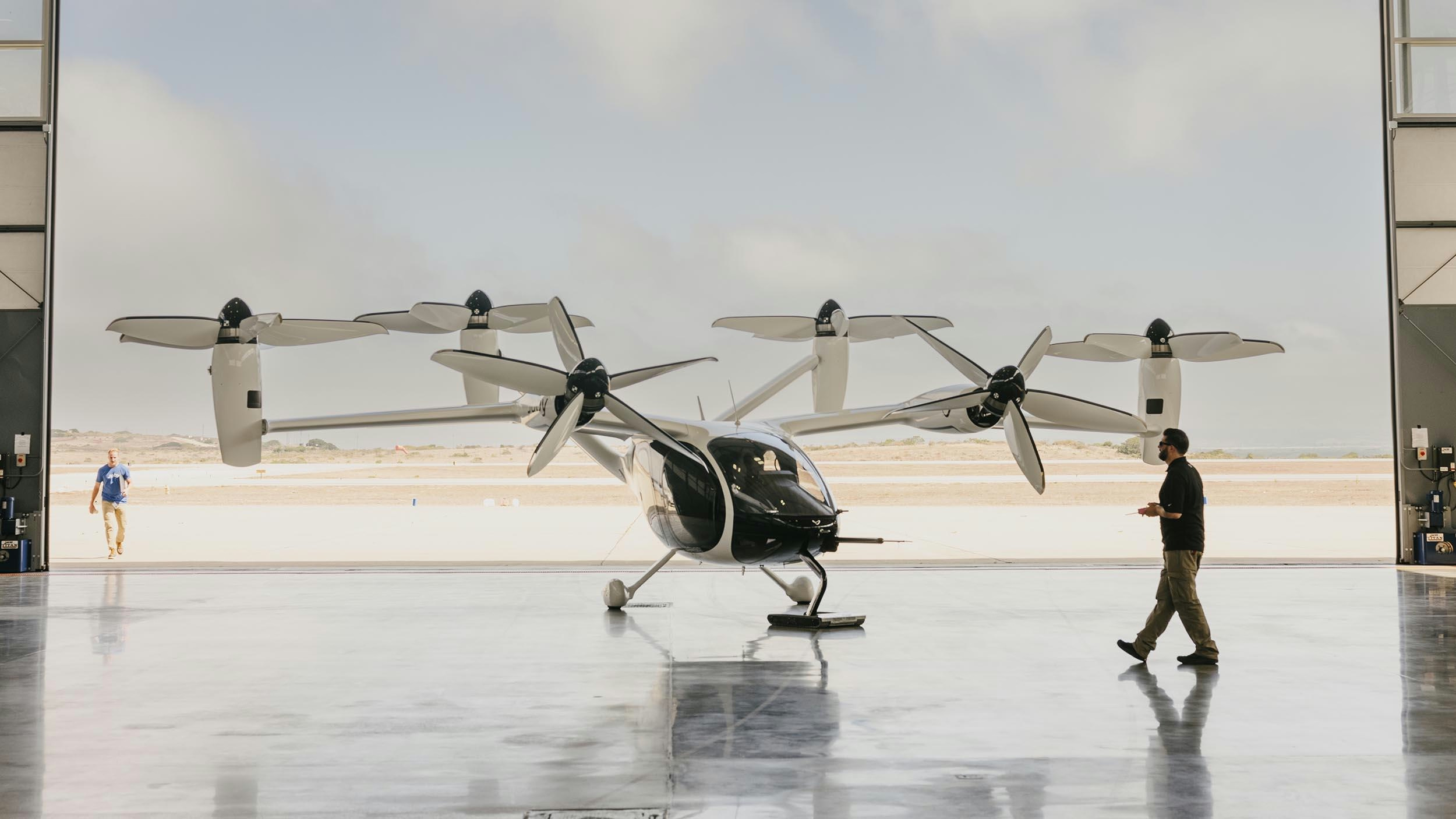
Joby Aviation’s Air Taxis Poised to Change Urban Travel and Tourism
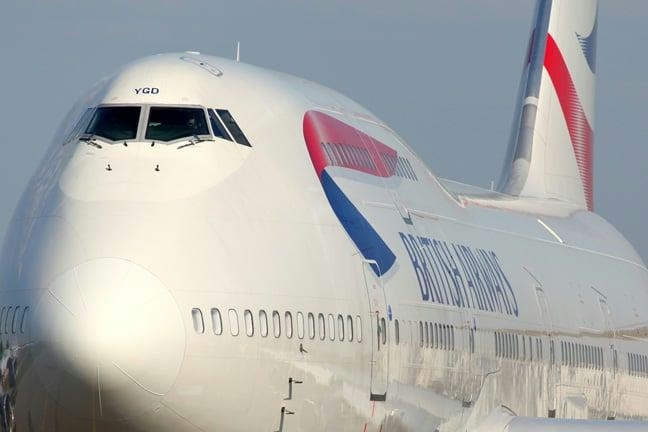
BA Chief Warns AI Agents May Diminish Brand Visibility
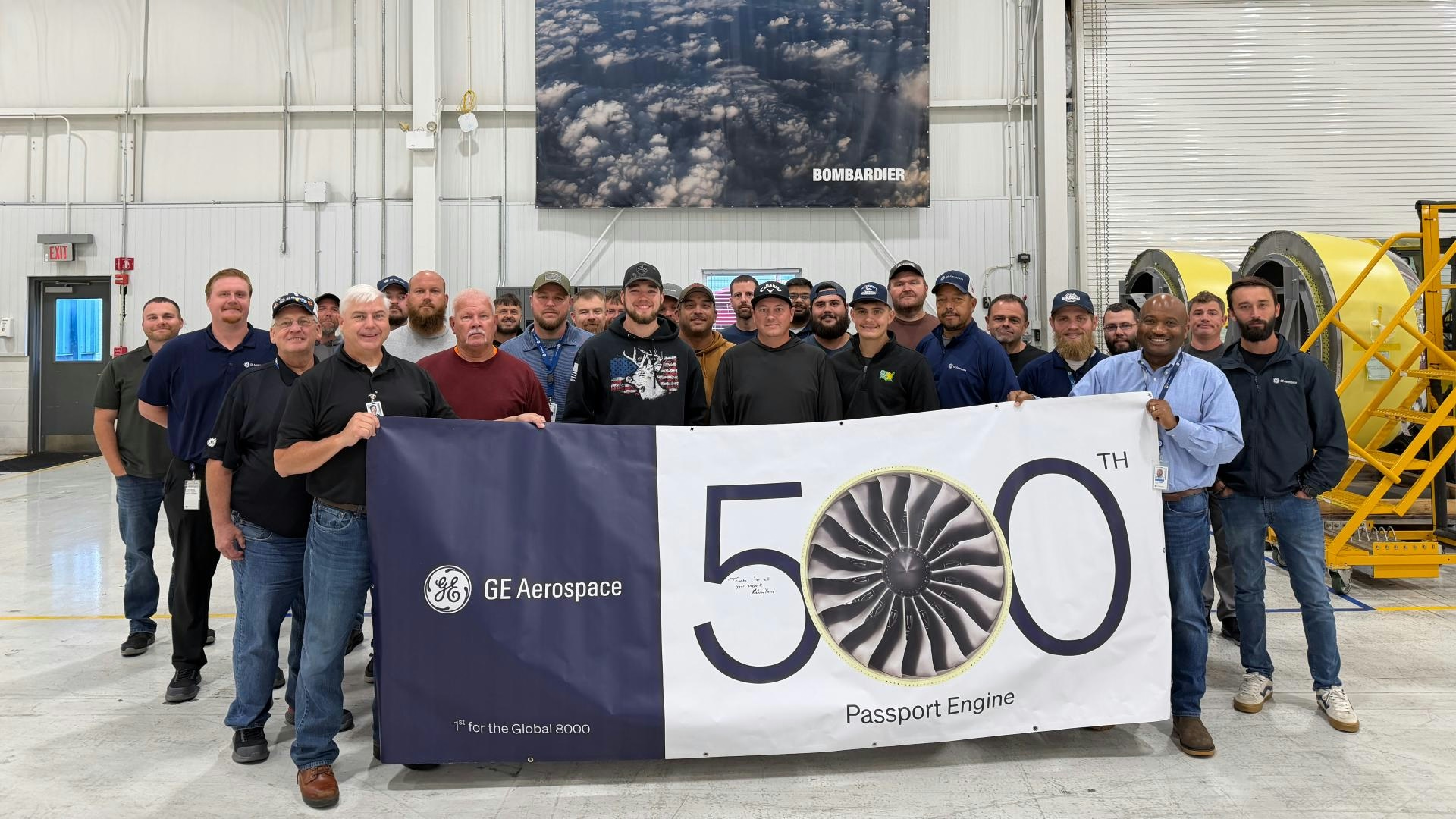
How GE Is Meeting Global Jet Engine Demand
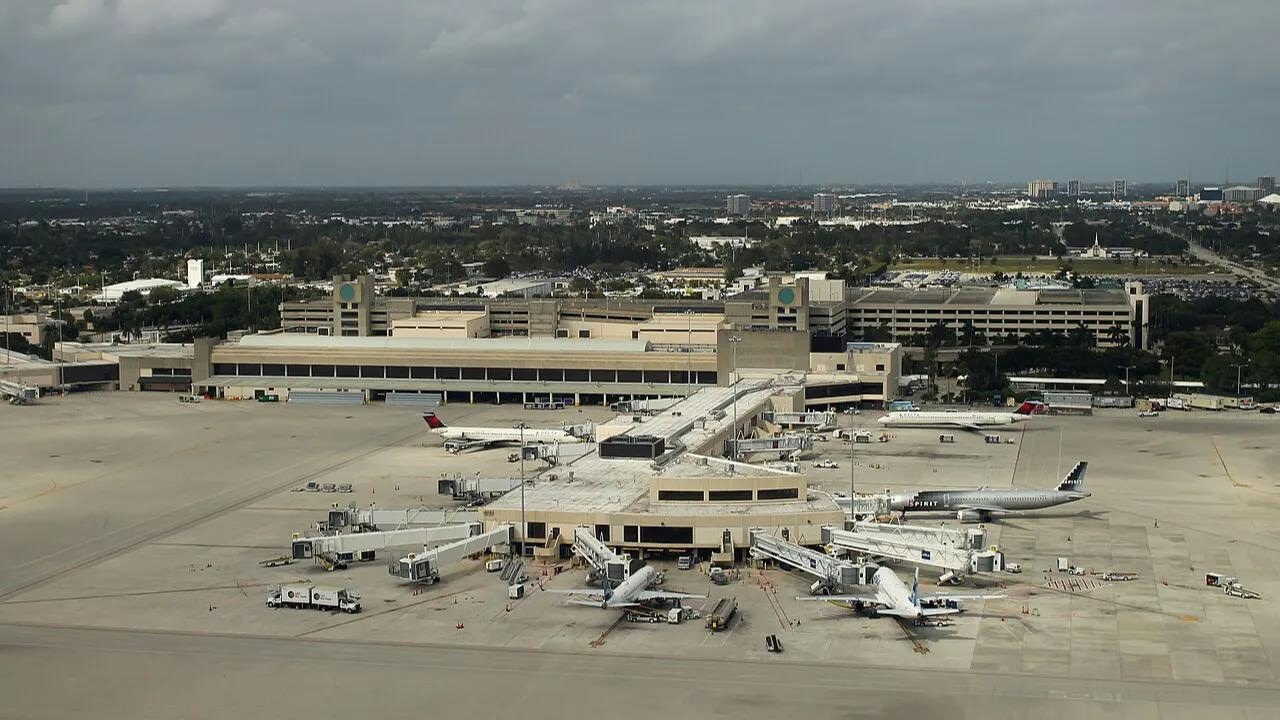
IATA Projects Airline Profits of $41 Billion in 2026
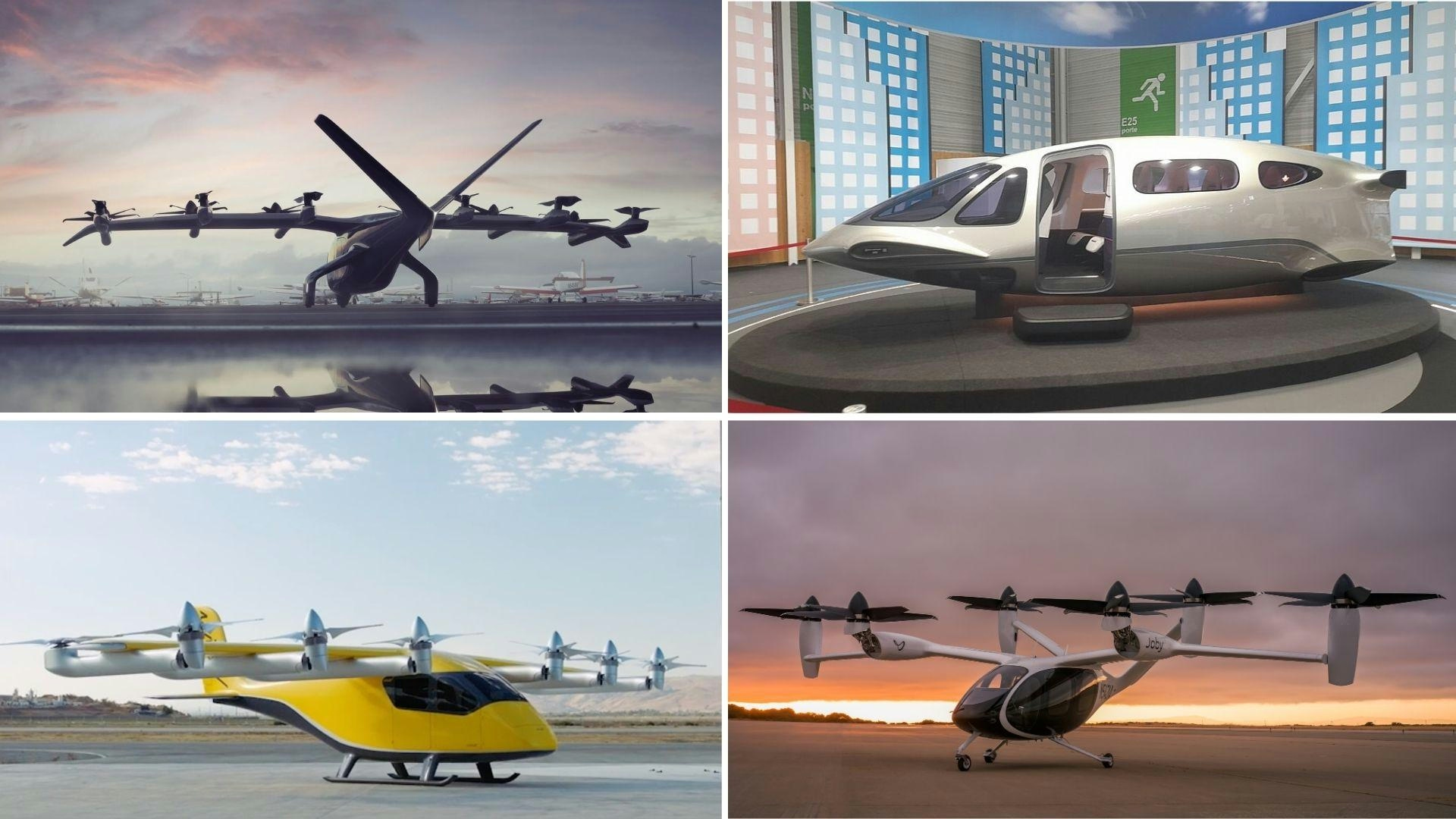
Five Air Taxis Poised to Shape Urban Mobility by 2026
